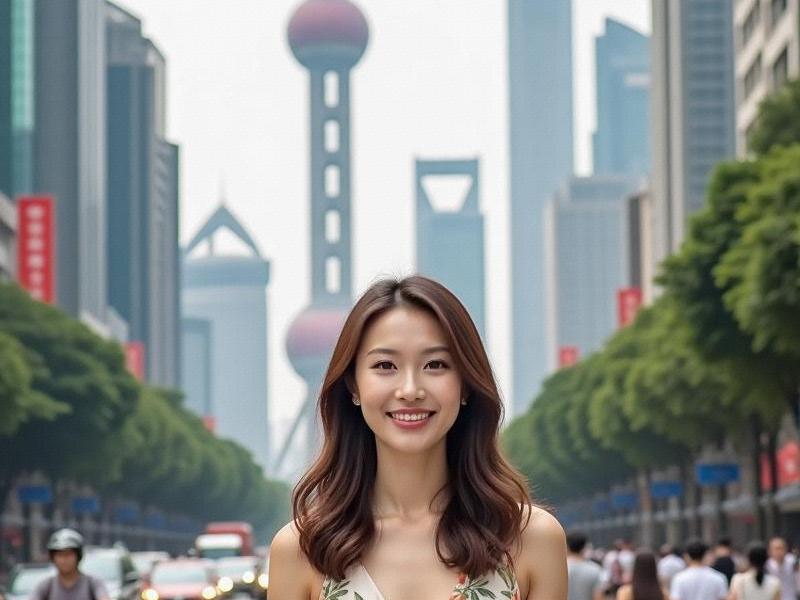This 2,800-word investigative feature explores Shanghai's thriving beauty culture through the lens of fashion designers, makeup artists, and female entrepreneurs. The article examines how Shanghai women are reshaping China's beauty standards while preserving traditional aesthetics.

The Shanghai beauty paradox reveals itself every morning along the tree-lined avenues of the Former French Concession. Here, elderly women in meticulously tailored qipaos stroll past neon-lit stores selling the latest Korean skincare innovations - a visual representation of how Shanghai synthesizes traditional Chinese aesthetics with global beauty trends.
Shanghai's beauty industry has grown into a $12.8 billion ecosystem, fueled by the city's unique fashion consciousness. Local cosmetic brands like Florasis and Perfect Diary achieve international acclaim by reinventing traditional Chinese makeup concepts with modern formulations. The qipao, once considered outdated, experiences a renaissance through contemporary designers like Ms. Zhang who modernizes the classic silhouette with 3D-printed accessories and sustainable fabrics. "Shanghai women understand that true style honors heritage while embracing innovation," Zhang explains in her Xintiandi studio.
上海龙凤sh419 The rise of female entrepreneurs marks a significant shift in Shanghai's beauty landscape. Platforms like Xiaohongshu (Little Red Book) have enabled thousands of Shanghai-based beauty influencers to build lucrative businesses. Among them is 28-year-old Vivian Lu, whose makeup tutorial videos attract over 5 million followers. "Shanghai allows women to experiment with their image in ways unimaginable in smaller cities," says Lu while demonstrating a makeup look blending 1930s Shanghai glamour with futuristic elements.
Beauty standards in Shanghai reflect the city's cosmopolitan nature. The typical "Shanghai look" combines pale Korean-inspired complexion with bold Western-style eye makeup, accented by traditional Chinese lip colors. This fusion creates what industry analysts call "East-meets-West" aesthetics. Dermatology clinics along Nanjing Road report surging demand for subtle facial adjustments that enhance rather than erase Asian features - a rejection of previous trends favoring dramatic Westernization.
上海龙凤419是哪里的
Infrastructure developments cater to Shanghai's beauty-conscious population. The newly opened "Beauty Boulevard" in Jing'an District houses 87 flagship stores of international cosmetic brands alongside traditional Chinese medicine skincare clinics. The Shanghai Fashion Week has grown into Asia's second-largest fashion event, with 2024 shows attracting over 120,000 visitors. Underground markets like AP Plaza continue thriving, offering custom-made qipaos within 24 hours to fashion-forward shoppers.
上海夜生活论坛 Challenges persist beneath the glittering surface. Pressure to maintain youthful appearances drives some to extreme measures, with plastic surgery becoming commonplace among office workers. The beauty industry's environmental impact raises concerns, though initiatives like refillable makeup containers and waterless beauty products gain traction. Younger generations increasingly reject rigid beauty standards, with androgynous fashion and natural looks gaining popularity in Shanghai's avant-garde circles.
As Shanghai positions itself as Asia's new fashion capital, its influence on global beauty trends continues growing. The city's unique ability to honor its glamorous 1930s heritage while pioneering digital beauty innovations creates a template for how modern metropolises can develop distinctive aesthetic identities. From the qipao ateliers of Tianzifang to the augmented reality makeup trials in Lujiazui malls, Shanghai proves that beauty, when rooted in cultural authenticity, can become a powerful form of urban expression.